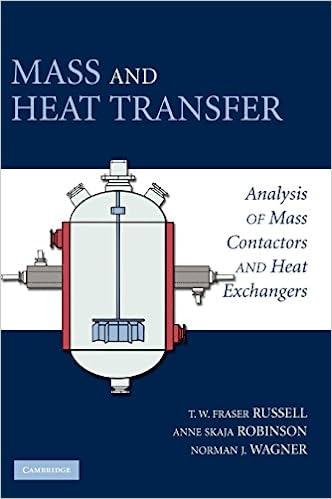Question
Poly-L-lactic acid (PLA) is a biodegradable polymer of lactic acid (LA) monomer that can be produced from fermentation products of corn and other starchy agricultural
Poly-L-lactic acid (PLA) is a biodegradable polymer of lactic acid (LA) monomer that can be produced from fermentation products of corn and other starchy agricultural products. Polymerization of LA into PLA is performed by a continuous production method in which the lactic acid (LA) monomer unit in an aqueous mixture is reacted with a catalyst to form the polymer.
This process requires multiple steps with different units achieving each step. One such unit is a mixer unit with three inlet streams and one outlet stream.
Stream 1 contains water and 40.0 wt% catalyst.
Stream 2 contains water and LA monomer.
Stream 3 is a recycle stream from further down in the operation and contains 15.0 wt% LA, 5.0 wt% PLA, and 2.0 wt% catalyst.
The mass flow rate of LA in Stream 2 is 10 times the mass flow rate of LA in Stream 3.
The mixer unit combines and thoroughly mixes the contents of all three streams, which then leave the unit via Stream 4.
Stream 4 contains 10 wt% catalyst and 1.0 wt% PLA.
a. Write a mass conservation equation for each of the four constituents of the system.
b. Determine the flow rate of each of the four streams.
c. Determine the mass fraction of each of the constituents in Stream 2 and Stream 4.
Step by Step Solution
There are 3 Steps involved in it
Step: 1

Get Instant Access to Expert-Tailored Solutions
See step-by-step solutions with expert insights and AI powered tools for academic success
Step: 2

Step: 3

Ace Your Homework with AI
Get the answers you need in no time with our AI-driven, step-by-step assistance
Get Started


